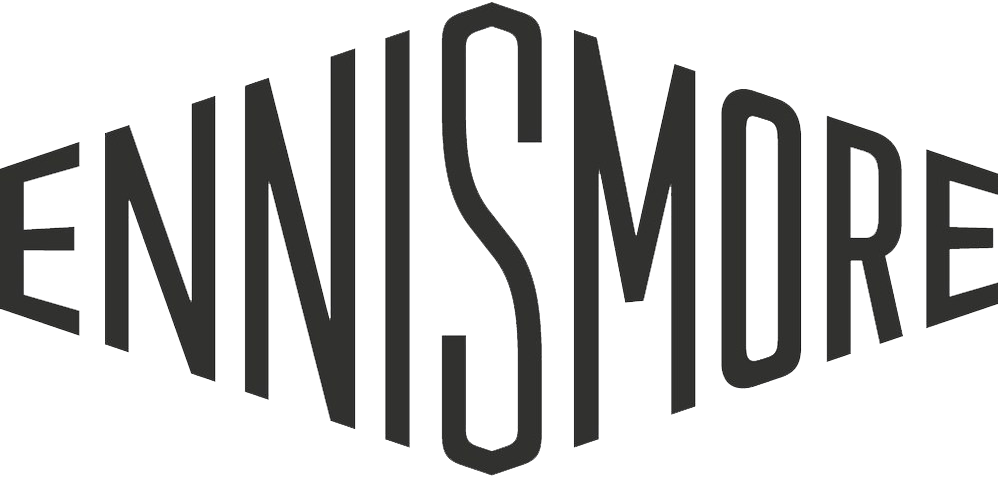
Competitor Analysis Tool.
Conduct in-depth paid and SEO competitor analysis effortlessly, revealing valuable insights into competitor keyword strategies across Google (other channels coming soon!).
Outsmart your search competitors.
Transform your organic and paid search strategy and dominate the digital landscape with Luminr – your expert in uncovering and outperforming competitor search strategies.
- Leverage Competitor Movement: uncover how your competitors position their content and track shifts in both paid and organic rankings with ad and SEO competitive analysis.
- Understand Diverse Channels: initially Google-only, our competitive analysis is expanding to encompass marketplaces and social platforms, ensuring a comprehensive view of competitor activities.
- Empower your search strategy: access strategic insights into which domains are outperforming yours and find competitor keywords delivering valuable traffic.
Share of Search
Understand your SERP competitors on different keyword clusters.
The Share of Search Leaderboard is a powerful tool designed to provide comprehensive insights into your brand's visibility compared to commercial and SERP competitors on Google Page One. Key functionalities include:
- Track month-on-month growth effortlessly to gauge your brand's prominence across the SERPs.
- Identify which competitors are leveraging paid strategies and get an estimate of their current organic ranking.
- Use intuitive filters to tailor your data across diverse keyword clusters and SERP features.
Competitor Positioning Analysis
Research the most valuable competitor keywords and traffic.
Unveil the Power of Domain vs. Click-Through Rate (CTR) with Luminr's Competitor Positioning Analysis and Traffic Drivers Table. How to harness its potential:
- Competitor Strength Analysis: Dive into the table to see your competitors' strengths by evaluating their CTR against your own domain. Identify areas where they outperform, use this to refine your search strategy.
- Strategic Content Gap Identification: Analyse the table to pinpoint content gaps where competitors exhibit higher CTR. Leverage this to tailor your content strategy, ensuring alignment with market demands and keyword competition analysis.
- Ad Copy Enhancement: Explore competitors' CTR for paid SERP features to understand the success of their ad copy. Refine your ad strategies by learning from their effective campaigns.
- Keyword and SERP Optimisation: Identify keywords and domains where competitors excel in CTR. Refine your keyword targeting and SERP strategies, leveraging this knowledge for enhanced online visibility and effective competitor keyword research.
Book a free demo to kick off your keyword competition analysis

Paid Threats
Discover paid search competitors and their threats.
Explore your paid search competition using Luminr's Paid Threats. This feature identifies your paid competitors and guides you in gaining a competitive advantage:
- Innovative Ranking System & Scoring: Leverage the ranking system and Aggression Score to identify the front-runners in paid search.
- Competitor Benchmarking: Assess competitors comprehensively based on SERP positions, tracked keywords, and brand name bidding. This benchmarking enables you to strategically position your paid campaigns for maximum impact.
- Strategic Evolution Monitoring: Analyse the dynamic graph showcasing competitors' average ad positions over time to help you adapt and refine your own paid strategies.
- Paid Investment Optimisation: Use the table to evaluate if increasing paid investments is necessary to stay competitive in your space, ensuring your brand maintains optimal visibility across paid.
- Cost-Efficiency Discovery: Identify cost-saving opportunities by assessing the size of competitors ranking above you. Optimise your strategy to ensure you aren't unnecessarily competing with industry giants.
Competitive Traffic Drivers
Unveil competitive search traffic drivers.
Gain a competitive edge using Luminr's Competitive Traffic Drivers, revealing key approaches into competitors' search strategies.
- Unveil Competitor Search Strategies: Automatically identify the top 10 websites with the highest visibility across Google (more platforms on the way). Use this to refine your own search marketing strategy and budget allocation.
- Keyword-Level Analysis: Filter down by keywords and keyword groups to explore competitors' strengths and weaknesses across services, products, topics or locations.
- Tailored Insights: Take advantage of more tailored analysis with filters that allow you to understand competitors' strengths across specific channels, such as organic or paid.
- Strategy Recommendations: Identify opportunities to create quality organic content like blog posts or video content for platforms like YouTube. Or, see who is using Shopping Ads so you can optimise your product feed for increased visibility.
Winners and Losers
Identify emerging keyword trends and opportunities.
Access powerful insights from organic to top-of-page ad spaces with Luminr's Winners and Losers. Propel your brand ahead in search, outsmart competitors, and ensure your budget works smarter.
- Smart Bidding Strategies: Identify areas where competitors are bidding strongly and let this guide your bidding strategy. Have the right knowledge to decide if an escalation in your bids is necessary to remain competitive.
- Strategic Growth Tactics: Learn from competitors who are gaining ground across the SERPs. Integrate successful strategies into your SEO, paid, and content playbook.
- Targeted Content Expansion: Spot the competitors losing ground in specific keyword groups. Use this opportunity to launch targeted content or ad campaigns, filling the gap and establishing dominance.

"As a Director at a search marketing agency, I’m impressed by the power of Luminr and the edge it has given us for our clients . The top-level data and granular gap analysis helps us evaluate key
competitors and quickly identify areas for growth. This allows Found to deliver better performance across our many search marketing campaigns.”

Book a free demo.
Fill in the form to book and someone from the Luminr team will be in touch for your free demo.













